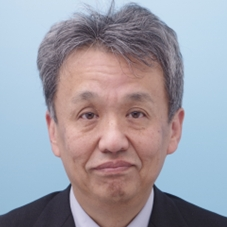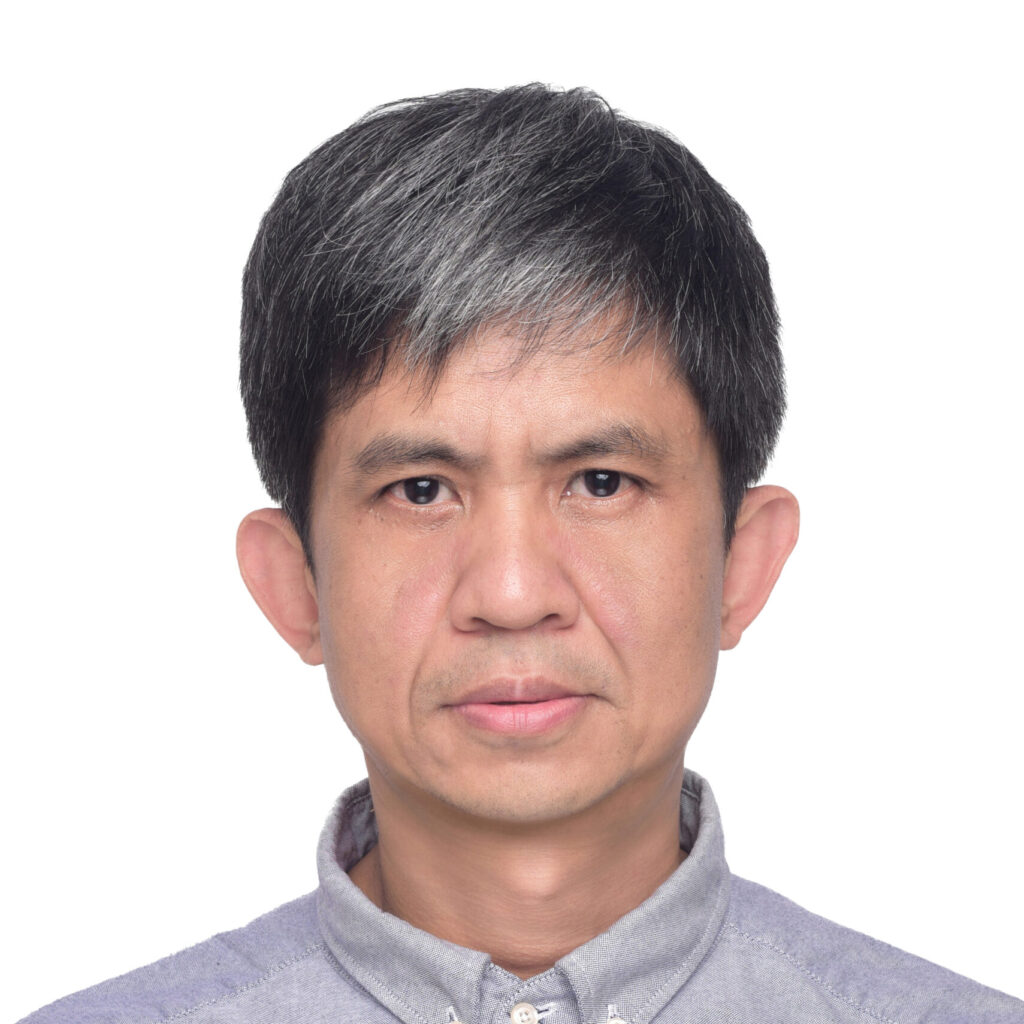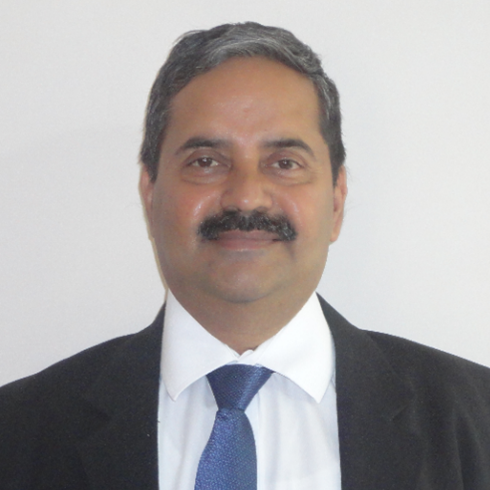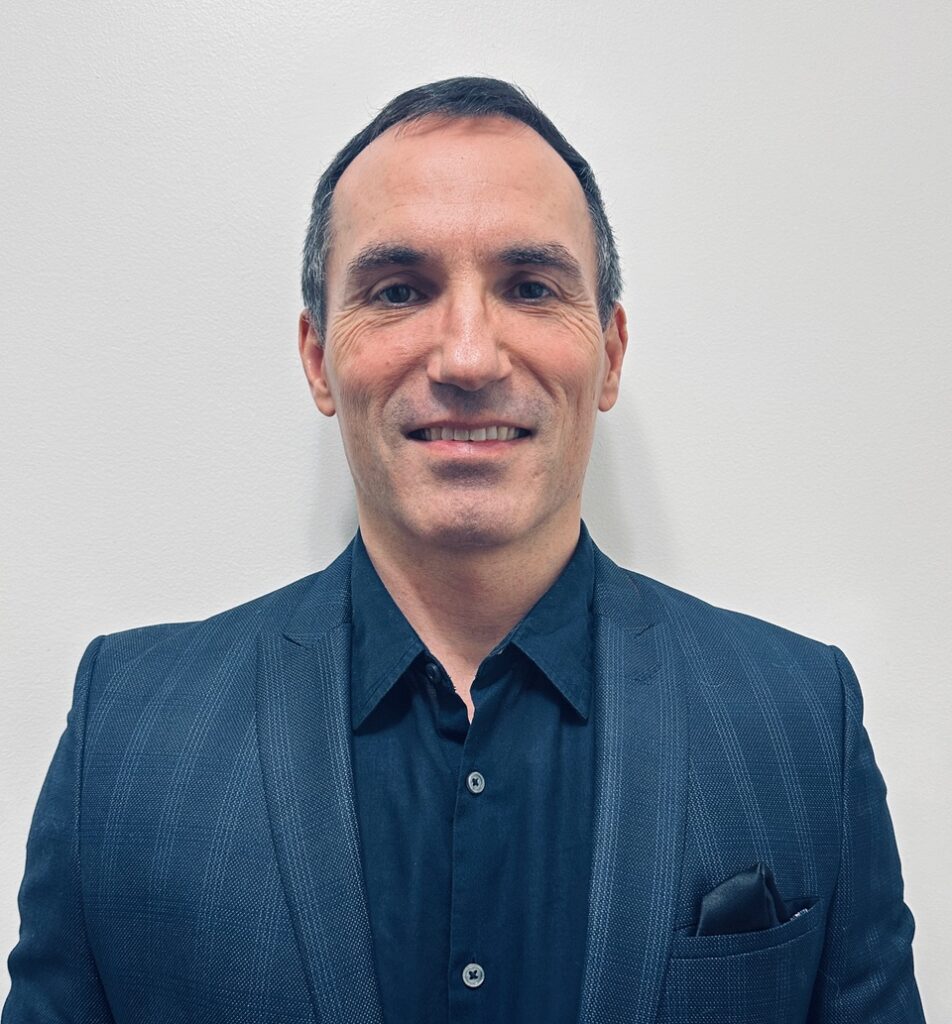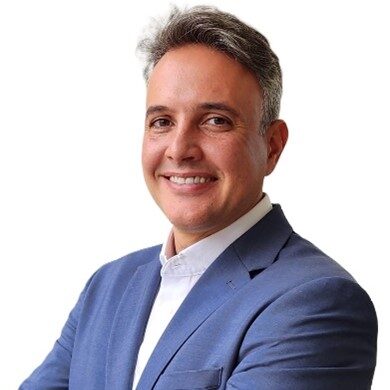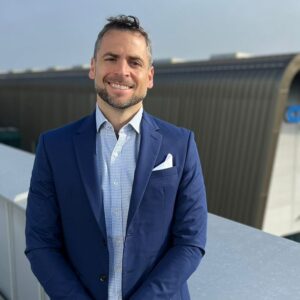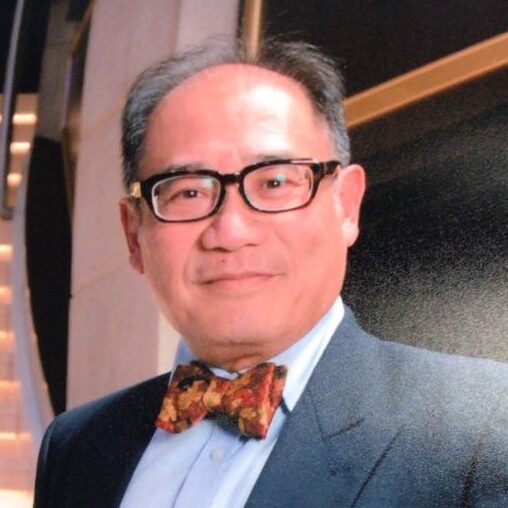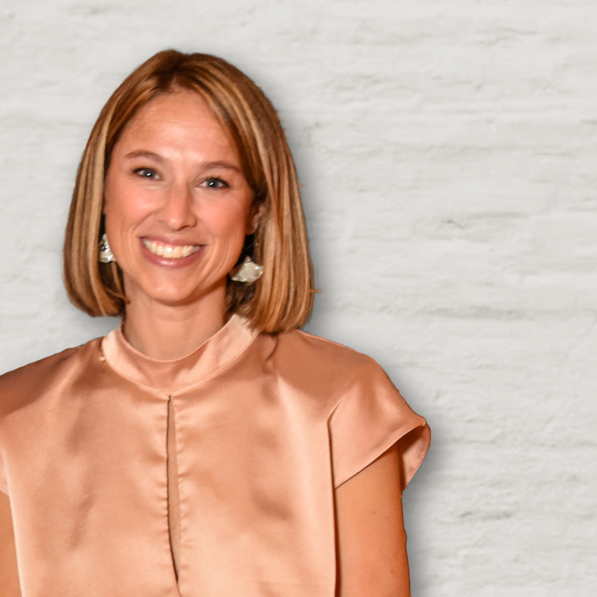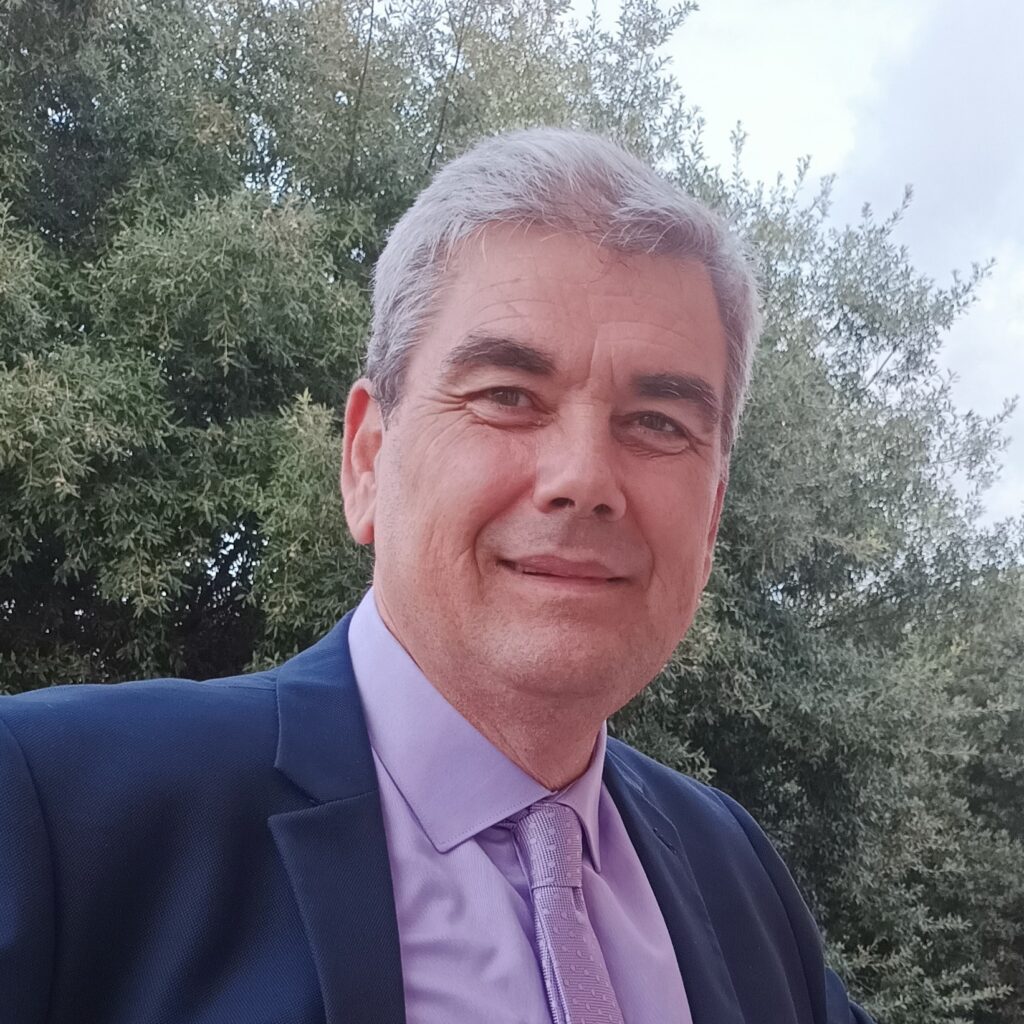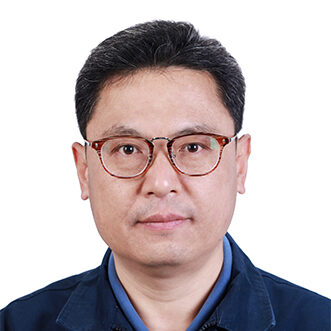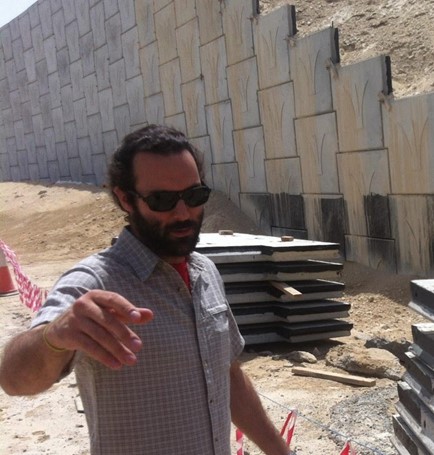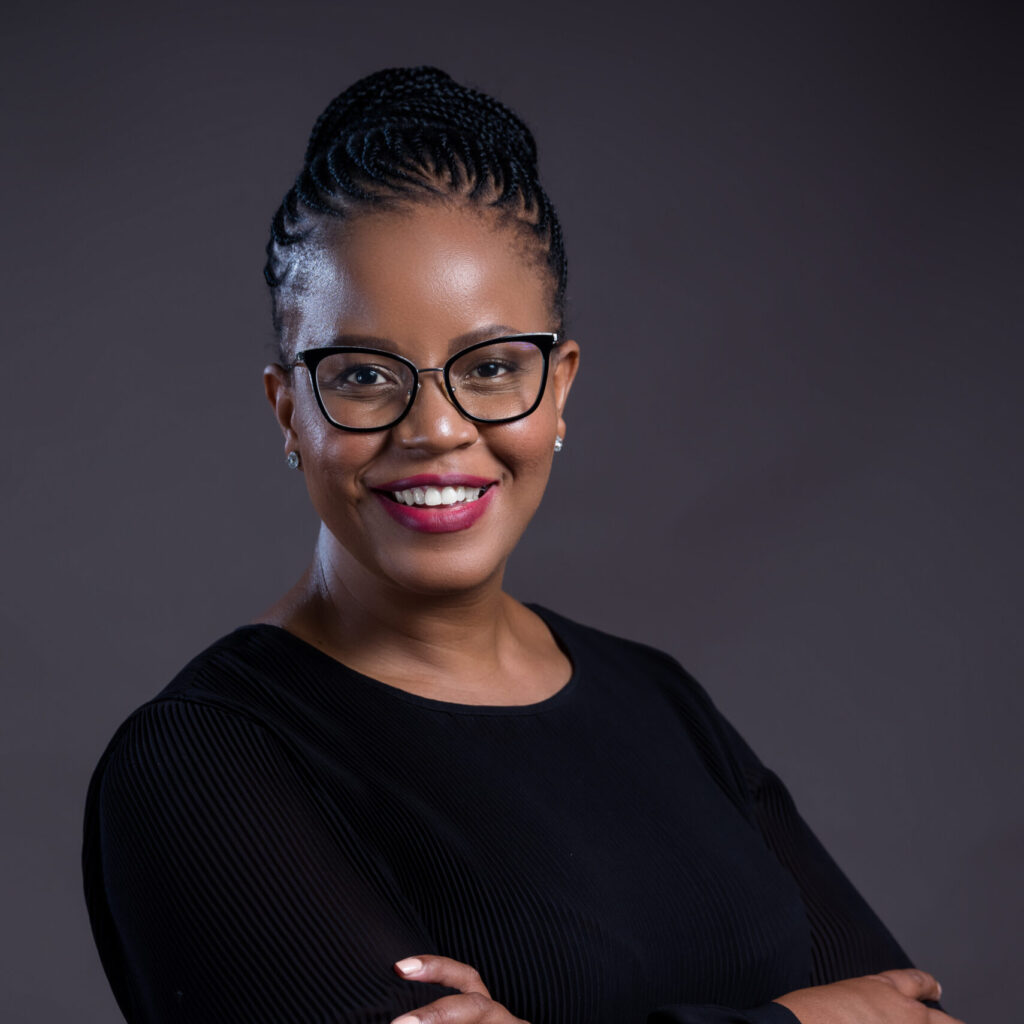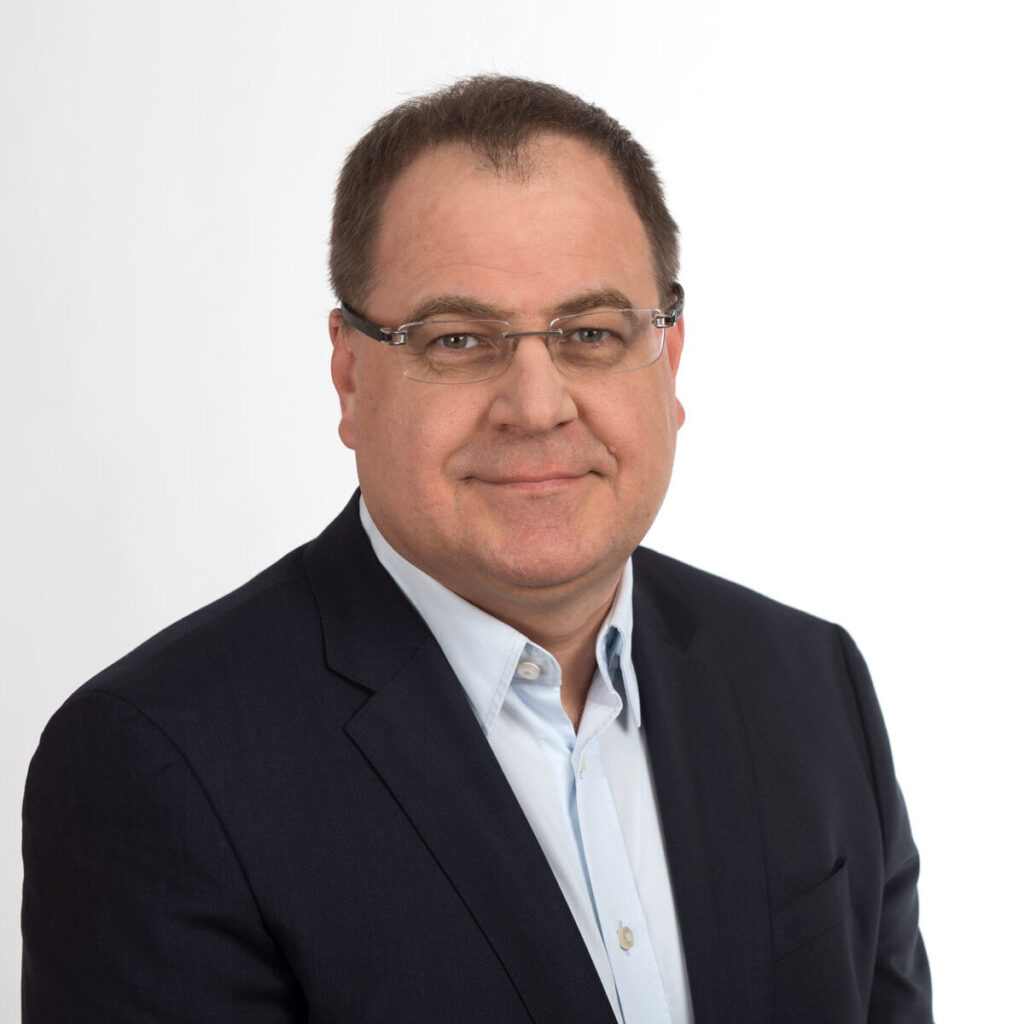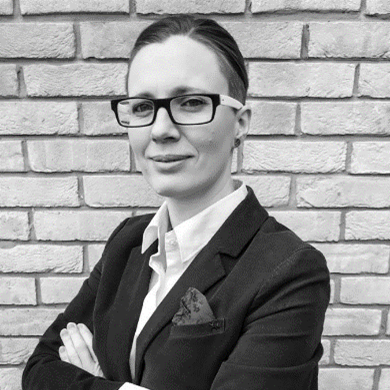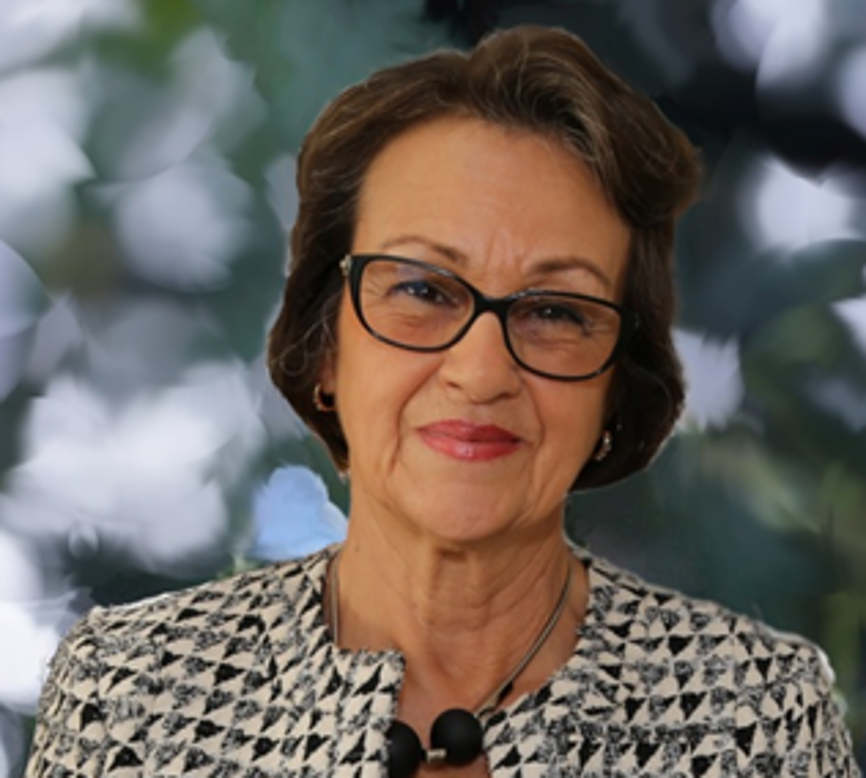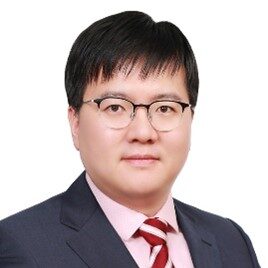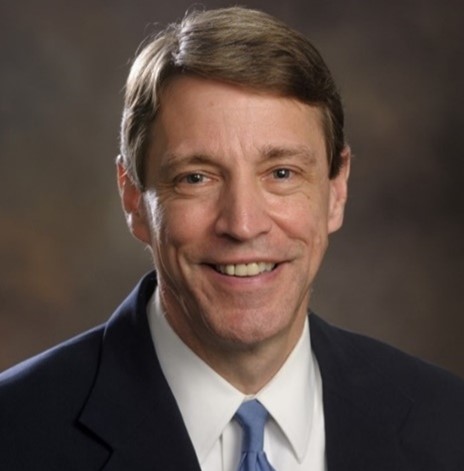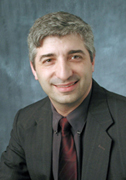 Dear Members of the IGS,
Dear Members of the IGS,
2013 marks the 30th anniversary of the International Geosynthetics Society (IGS). Over its 30 years of existence, the IGS has grown remarkably. As of November 2013, the IGS has 3,242 members, including 2,877 individual members, 202 student members, and 163 corporate members. The IGS chapters were initiated with pioneer chapters in western Europe, North America and eastern Asia, but subsequently spread out to the rest of the world, including South America, Africa, and eastern Europe.
During this period, the IGS has accomplished the organization of seven international conferences, fourteen regional (continental) conferences, and hundreds of national (chapter) conferences. In addition, current counts show IGS chapters in 41 countries or group of countries, with several other countries currently in the process of establishing new chapters. The society has established awards programs with emphasis on rewarding technical excellence, implemented numerous educa- tional programs, hosted two technical journals of the highest quality, prepared documents in multiple languages, sponsored student programs, and organized numerous outreach programs, to name a few of its activities and achievements (Zornberg 2013). To provide a context to the IGS trajectory in fostering the good use of geosynthet- ics worldwide, I present below an overview of its 30 year-history.
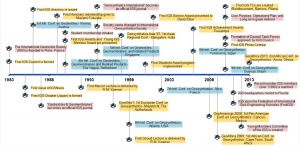 The organization of early international conferences on geosynthetics (or “fabrics” at the time) provided the forum for discussions on the formation of an international society. An early international conference on the use of “Fabrics” in geotechnics was held in Paris, France, in 1977. However, the concept of an international society, which will later become the IGS, was only formulated in 1980 (Giroud 2008). Subsequently, during the Second International Con- ference on Geotextiles held in Las Vegas, USA in 1982, the formation of the IGS was explicitly discussed. Finally, the “International Geotextile Society,” as it was named at the time, was officially founded on November 10, 1983 with Charles Schaerer (Switzerland) as its President. This founding of the society initiates the 30 year-timeline shown in Figure 1.
The organization of early international conferences on geosynthetics (or “fabrics” at the time) provided the forum for discussions on the formation of an international society. An early international conference on the use of “Fabrics” in geotechnics was held in Paris, France, in 1977. However, the concept of an international society, which will later become the IGS, was only formulated in 1980 (Giroud 2008). Subsequently, during the Second International Con- ference on Geotextiles held in Las Vegas, USA in 1982, the formation of the IGS was explicitly discussed. Finally, the “International Geotextile Society,” as it was named at the time, was officially founded on November 10, 1983 with Charles Schaerer (Switzerland) as its President. This founding of the society initiates the 30 year-timeline shown in Figure 1.
The timeline highlights important milestones in the history of the society (see link, in pink). At the time of the society’s founding in 1983, the “G” in the IGS acronym originally corresponded to “Geotextiles,” but the growth of the scope of the society activities was reflected in 1994 when the IGS Assembly approved changing the society’s name into the International “Geosynthetics” Society. As also shown among the milestones in the figure, access to the highly regarded “Geotextile & Geomembranes” technical journal was added as a benefit to the IGS member- ship early in the history of our society (in 1987), becoming the first official journal of the IGS. A second and equally prominent technical journal, “Geosynthetics International,” became an official IGS journal in 1994. The availability of two technical journals is good evidence of the high emphasis of the IGS on the dissemination of information. It is notable that these two journals have been consistently ranked among the best journals in the field of geotechnical engineering.
Outreach to young members in our discipline has received special focus throughout the history of the IGS, with key milestones being the establishment of student membership in 1990 and the implementation of unique student awards programs since 2000. A fresh and equally relevant milestone is the creation by the IGS Council of the its Young Members Committee in December 2012, which aims at facilitating and promoting the active participation of young members (under 35 years old) in technical geosynthetics activities and the operation of the IGS.
More recent milestones in the history of the IGS include the formation of the IGS Technical Committees (TCs), approved by the IGS Council in 2010 as well as the implementation of Council Operating Units that include not only IGS Council Committees but also Council Task Forces. Also in 2010, the IGS Council approved a statement for the Core Purpose of the IGS, a 4-year operations plan, and a long-term Big Audacious Goal. In 2011, the office of the IGS Secretariat Manager was relocated to South Florida (in Jupiter, FL), after a long, productive operation of the IGS secretariat activities from Easley, South Carolina. Also in 2011, and following approval by the IGS Council, the IGS accepts invitation by the Federation of International Geo-Engineering Societies (FedIGS) to join this Federa- tion as its first non-founding member. Finally, and at the time of preparation of this article (January 2013), the total IGS membership exceeded the mark of 3,000 IGS members, which probably deserves a place as a milestone in the 30 year-timeline (approximately 100 members per year over the existence of the IGS).
Also shown in the timeline are the international conferences organized by the IGS (see Figure 1, in blue). The international conferences, along with the regional and chapter conferences, are vital forums to discuss the continu- ous advancement and transfer of information regarding geosynthetics. Changes in the name of the international conferences reflect the growth of our discipline, from the first international conference (preceding the formation of the IGS) “on the Use of Fabrics,” to international conferences “on Geotextiles,” to international conferences on “Geotextiles, Geomembranes and Related Products,” to (since 1998) international conferences on “Geosynthetics.” The international conferences also represent important landmarks in the affairs of the IGS as they are the setting of its quadrennial general assemblies, where change in the council and elected officers of the IGS occurs. The presi- dency of Schaerer, appointed by the first IGS Council in 1983, was followed by seven subsequent presidents which, following a procedure probably unique among international learned societies, were all elected by direct vote of each one of the IGS members. They include J.P. Giroud (USA, 1986-90), Kerry Rowe (Canada, 1990-94), Colin Jones (UK, 1994-98), Richard Bathurst (Canada, 1998-2002), Daniele Cazzuffi (Italy, 2002-06), Fumio Tatsuoka (Japan, 2006-10) and, since May 2010, Jorge G. Zornberg (USA).
Finally, the timeline also shows a number of important “first” occasions/events in the history of the IGS (see Fig- ure 1, in yellow), starting with the formation of the first IGS Council in 1983. The first issue of the IGS Newsletter (IGSNews) was published in 1985 and has been regularly published since then. The first of the current 38 chapters of the IGS was the Japanese chapter, approved by the IGS Council in 1985. With the increasing relevance of the geosynthetics discipline and of the activities of the IGS came the opportunity of recognizing excellence. According- ly, as shown in the timeline, the first Honorary membership was awarded in 1989 (to Prof. Masami Fukuoka), the first series of IGS Awards was presented in 1990 (to J.E. Fluet and E.R. Steinle) as was the first Young IGS Mem- ber Achievement Award (to R. Jewell), the first Mercer Lecture was awarded in 1992 (to Prof. R.M. Koerner), the First Giroud Lecture (also awarded to Prof. R.M. Koerner) was presented in 1998, the first IGS Service Award (to Prof. D. Elton) was presented in 2001, and first IGS Achievement Awards were presented in 2006 in recognition to exemplary service to an IGS chapter.
While the formation of the IGS was partly triggered by the forum of geosynthetic experts organizing international conferences (two of which preceded the creation of the IGS), it was the IGS that subsequently triggered the organi- zation and successful implementation of other regional, specialty, and national geosynthetic conferences. Notewor- thy among them are the series of IGS regional conferences, which are also organized every four years (two years apart from the International Conferences). The European regional conferences (EuroGeo series) was launched in 1996 (Maastrich, the Netherlands), the first Asian Regional conference (Geosynthetics Asia series) was held in 1997 (Bangalore, India), the Pan-American Regional conferences (GeoAmericas series) were initiated in 2008 (Cancun, Mexico), and the African Regional conferences (GeoAfrica series) launched in 2009 (Cape Town, South Africa). A more recent IGS “first” also shown in Figure 1 includes the First IGS Photo Contest in 2010, which re- ceived over 140 entries of photos documenting the good use of geosynthetics worldwide. Finally, and also in 2010, the IGS Council approved the creation its first Technical Committees (TCs) on Soil Reinforcement, Barrier Systems and Filtration all initiated in 2010.
Throughout its 30 years of existence, the army of volunteers that have served the IGS Council, its chapters, its publications, its committees, and its conferences has made a significant difference towards improving the knowledge on geosynthetics. Yet, the challenges and opportunities involving the dissemination of geosynthetics knowledge continue to be significant. Indeed, the role of the IGS in this dissemination is expected to continue to grow, and it is the intention of the IGS to tailor the assistance to the various geosynthetics interest groups accord- ing to their specific needs. A remarkable characteristic of the IGS has been its capability to evolve while, at the same time, always maintaining a clear aim at its core purpose, which is “to provide the understanding and pro- mote the appropriate use of geosynthetic technology throughout the world.”
All best regards,
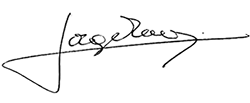
Jorge G. Zornberg, Ph.D., P.E.
IGS President
tel: +1(512) 232 3595
e-mail: zornberg@mail.utexas.edu
Skype ID: jorgezor
Web site: www.ce.utexas.edu/prof/zornberg/
References
Giroud, J.P. (2008). “The Origins of the IGS and a Challenge for the Future.” IGSNews, Vol. 24, No. 3, November, pp. 3-7.
Zornberg, J.G. (2013). “The International Geosynthetics Society (IGS): No Borders for the Good User of Geosynthetics.” 25-Year Retrospectives on the Geosynthetic Industry and Glimpses Into the Future, Twenty-fifth Geosynthetic Research Institute Conference (GRI-25), April 01-02, Long Beach, California, pp. 342-357.






